|
This concludes the majestic Descender/Ascender saga. Well, at least for now.
Funny thing is that reading the first three books of the Ascender, I was thinking, “well, this is good but not as good as the Descender, I might be mainly liking it because I loved Descender so much…”, but then I read book four and dear reader let me tell you I was wrong. Ascender is a terrific adventure all of its own, well, at least as far as continuations of adventures go. Something about volume four (let’s be honest, it’s Tim-21, the best of both worlds in one boy, although now a much more mature one) just worked perfectly, elevating the entire production. Something about the way it all came together. There was an undeniable epic quality here. Epicosity? It was just so very good. And so exciting, so thrilling. SO gorgeous. For my money, one of the best drawn graphic novels I’ve ever had the pleasure to read and that isn’t an inconsiderable sample size, either. It hit all the right notes emotionally and intellectually, too. Just a wow, all around wow. Great read. Awesome read. Recommended.
0 Comments
From one world to the next, Ascender series has taken to the stars. Old friends (well, more like comrades in arms) are met) and old loves are tragically revisited.
This series has a knack for (almost) killing off its characters. Messing with readers like that… But also, having read a bunch of these books now, it’s easy to start noticing patterns and/or limitations. Like the way the (stunningly talented) artist tends to draw people very similarly, so that the girl protagonist of Ascender looks almost exactly like the robot boy protagonist of Descender but hairstyled longer. Or the way the adults of masculine and feminine persuasion respectively have similar features. And now, three books in. I’m realizing that although I’m rating Ascender series as highly as I did the Descender, I’d say here I’m rounding it up, with some added points for familiarity. All in all, as of now, I’d say Descender is a superior work. And now just because there are more robots…and I’ll take robots over vampires any day. It has a lot to do with Tim-21 being a more emotionally engaging lead. But at any rate, I’m going to finish the series and then review the entire thing. At any rate, it’s all still exceptionally entertaining, stunningly rendered, and absolutely worth the read. Ok, guess I’m binging these then. All the authors’ fault. They just had to go and make these books irresistible.
The adventure continues. What’s interesting is that while the Descender series were firmly science fiction, the Ascender veers is all sorts of directions. Because so much of the world/worlds has been reduced to primitive-like, pre-technology conditions, there are strong elements of fantasy here. You got vampires (so many vampires), and werewhales (which is just awesome AND fun to say) and witches and magic and all that. So there’s a sort of science meets magic and how do you distinguish the two. It’s fascinating to contemplate when science seems like magic and vice versa. Certainly brings that famous quote to mind, “Any sufficiently advanced technology is indistinguishable from magic”. Anyway, on to book three. Once I finally finished all of Descender, it was only natural to move on to Ascender. Lemire created such a spectacular world within these books that one wants to stick around and see what’s next.
Ascender is what’s next. Set about a decade later is a world severely hobbled/destroyed/decimated by the robotic powers that be, this tale follows a young girl, the daughter of two of the protagonists from the Descender books. A smart and scrappy kid, when we first meet her, she’s living with her dad on the outskirts of a society that worships Mother, a vampiric witch. Then a certain robotic pup (love you, Bandit) finds them and shows them a map to the stars and soon the two are being pursued, locating old comrades, and fighting to stay alive. Ok, let the adventure begin. Onward. I’m a fan. I’m SUCH a fan. Munroe’s books are the science books you wished you were taught from, and Munroe is the science teacher you wish you had. The man’s qualified too, he’s a former NASA physicist who decided to cartoon his way to pop science instead. And good for us, readers, because his books are not only very educational but are wildly entertaining to boot.
Picking up where the first What If left off, this book presents more real science answers to unreal and implausible scenarios. Responded in all seriousness…well, maybe not ALL seriousness, Munroe’s actually hilarious so it’s comedy all around, but the answers are all based on real science no matter how cute the author’s stick figures and footnotes may be. All in all, for my money/for my brain, the best way to learn science. Yeah, make it pop – make it popular, make it fun. Make it applicable to impossible scenarios. Make it fascinating. Science is already awesome. It just needs someone like Munroe to do its publicity. Great read. Recommended. And thus, it ends. For now, anyway. The epic tale of a robot uprising and one boy at the center of it all. A robot boy representing the very best of robots and their carbon-based counterparts.
This really was the story that had it all. And this is coming from someone who doesn’t actually like space operas. Not that this one was particularly operatic, more like tastefully understated. Lemire doesn’t expound, doesn’t do cute, he’s very economic, telling you only what you need to know and relying on the books’ absolutely spectacular art to do the rest. Together, the combination is stunning. The watercolor panels of this series might be along some of the best graphic novel artistry I’ve ever seen. The text to art ratio is perfect. The narrative is thrilling and hits all the right emotional notes. All in all, The Descender books are about as close to a perfect (space) adventure as a reader might get. Recommended. Definitely. Read it, read it now. Finally, finally. Found the rest of these books that our library has teased me with but only up to volume four. And sure enough, just as good as I remembered. Lemire is at his absolute best in this science fiction tale of robots and people and his boy robots are the ultimate contrast in the good and evil binary of the beings ruled by binary codes…
Ok, not really, binary codes, that was mainly for puns’ sake. Then robots in these books are infinitely more sophisticated. And like many sophisticated robots, determined to destroy the world. This penultimate volume is loaded with all sorts of excitement. Moving on to the final volume to see how it all wraps up. Of all the well-intentioned underwhelming entries into Okupe’s YouNeek YouNiverse, Malika stood out considerably as a book actually wroth checking out. The first volume, anyway.
The second one solidly brought it right back down to Okupe’s usual level of…just ok. Mainly because Malika took her warrior queen ways from the exciting past into the fairly bland near-present of 2025. Presumably, the goal is to increase characters’ intersectionality to create the sort of web that Marvel weaves, but this is nowhere near that. Much like YouNeek YouNiverse isn’t anywhere near as good of a name as Marvel. Okupe, to his credit, really tries, and his historical asides and references are well done. But there is a certain overwrought (and overwritten) quality to his storytelling with all of his characters given to expounding instead of talking. And that blandness is especially noticeable in the art, which constantly looks like flat made-for-TV-on-a-budget cartoons or cheaply digitalized video game imagery. It’s kinda sorta entertaining overall, and certainly reads quickly, especially for a 280 page book, but outside of purely representational themes, there isn’t much here to appreciate and/or love. A random library find, this book drew me by cover appeal. And proved to be an interesting if uneven read.
Borja Gonzalez is a self-taught Spanish artist and is obviously talented. Panel after panel reveals striking imagery and silhouettes all set in a very specific color palette. The story is somewhat muddled, somewhat whimsical. There are two intersecting narratives, one from the past one from the present. In the past, the protagonist is a young aristocrat who’s meant to be preparing for her social debut but all she wants to do is write abstract poetry and you can just imagine how well that goes over with her family. In the present, there is a band of three teen who wanna be punk but don’t have the talent for it. So, it seems like a YA novel, which in my book is categorically a no-no for adult audiences, but this one is so short you won’t mind the (oddly faceless) characters' youth too much. And the intersection twist is clever, so there’s that. But to be honest, there just isn’t that much to the story or of a story here. It’s mostly a mood read, mostly an art book. And as such it’s pleasant and has a certain charm. An ultimate crime prevention premise must feature a genius and someone to handle them. In other words, it’s your very basic odd/oddly unmatched pair of detectives sort of thing. It’s been done and it’s been done and I can’t honestly tell you that Red Queen brings something new to either the genre of that very particular set up.
In fact, it’s quite underwhelming as far as those things go. Because, of course, you got to get your Sherlock right. Meaning the oddball has to be originally compellingly odd and Antonia Scott is garden variety odd at best. She’s meant to be a genius, a person with the highest IQ out there. And of course, she’s traumatized, because trauma forges the best character traits. Though maybe not in her case so much; in her case, it just made her into an emotionally stunted shut-in with a crappy diet. And then she gets dragged out once again into the field to track down a kidnapper/killer. And then man to drag her out is a jumbo-sized (and allegedly mostly muscle) police detective who veered off the blue path to follow his morals and the only way to get out of the doodoo he’s in now is by working with Antonia. And so, the two of them chase after their mystery fiend all over Madrid. Which is nice locale wise and was one of the main things that attracted me to this novel in the first place. So, score for international reading. And objectively, the book was plenty entertaining and perfectly decently written. Just…nothing special. Much like its protagonist. Which is frustrating because she's meant to be exceptional and, presumably, exceptionally interesting. Plus, the book is quite bulky at something like 400 pages. Certainly not enough here to draw interest for the entire trilogy. It’s sort of like an inferior version of Kill The Father (Colomba Casselli trilogy) by Sandrone Dazieri. So if you want to read a genius and detective team solve crimes books done right, go for those. Otherwise, this was fine, passed the time, some fun was had. Thanks Netgalley. |
AuthorWrite something about yourself. No need to be fancy, just an overview. Archives
December 2023
Categories |
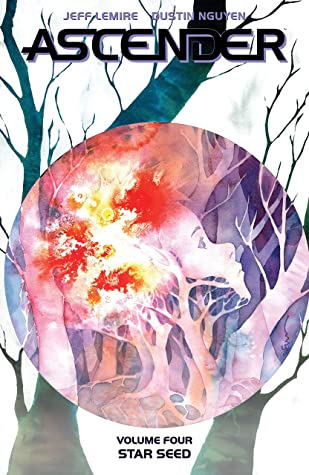
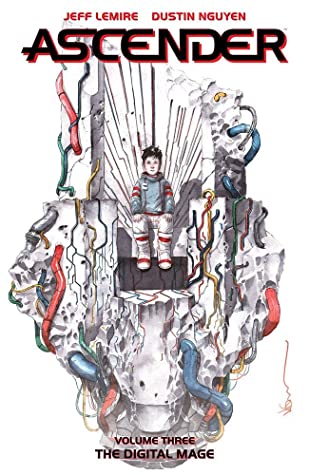
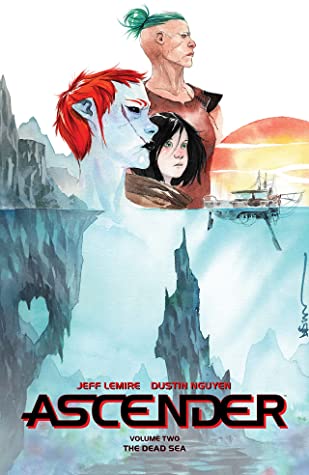
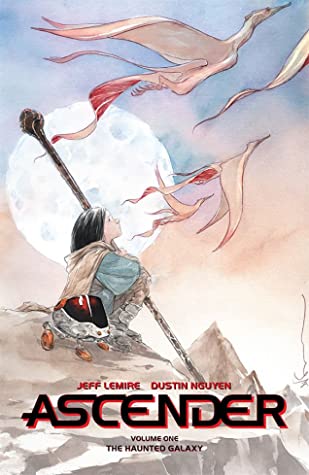
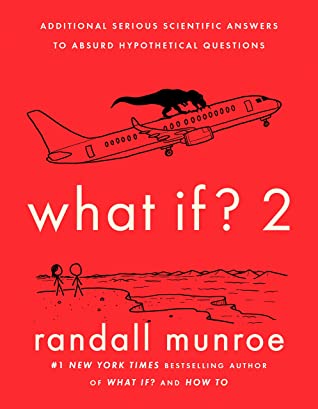

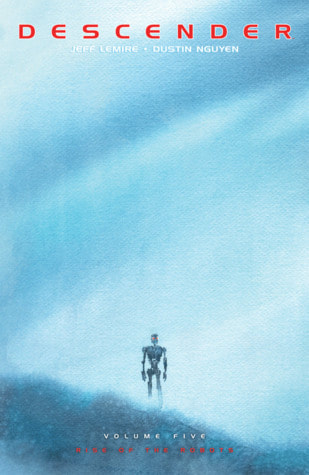
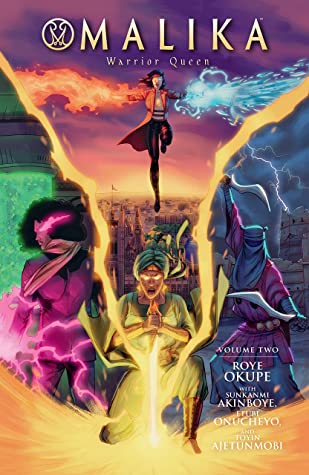
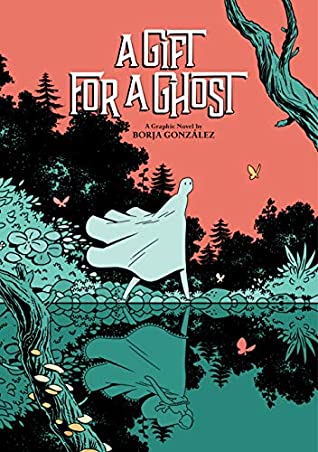

 RSS Feed
RSS Feed
